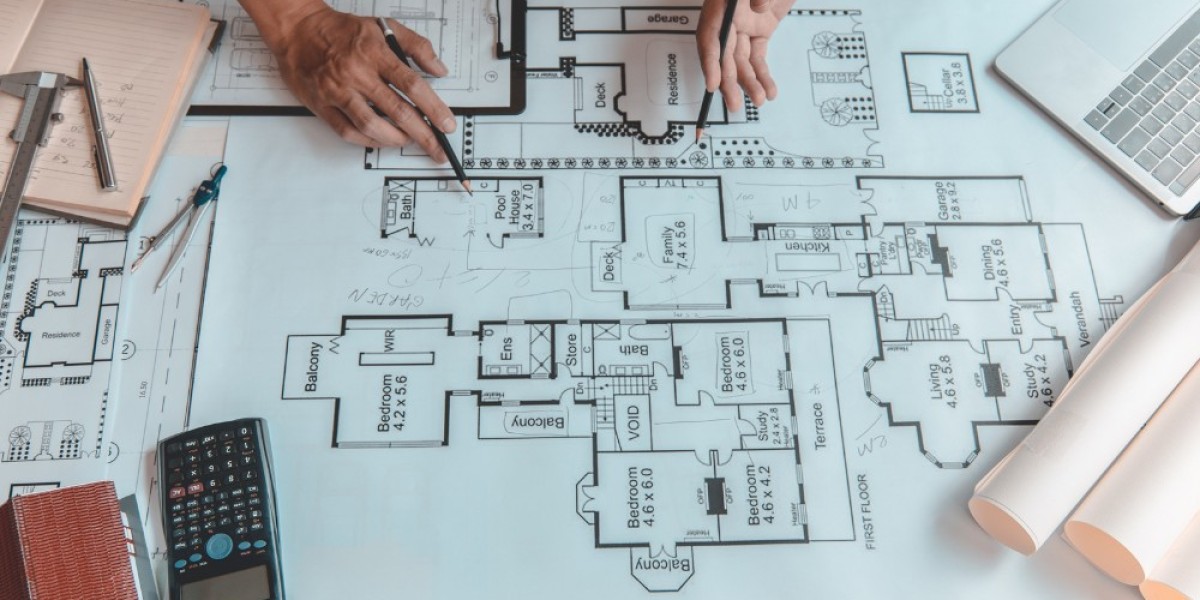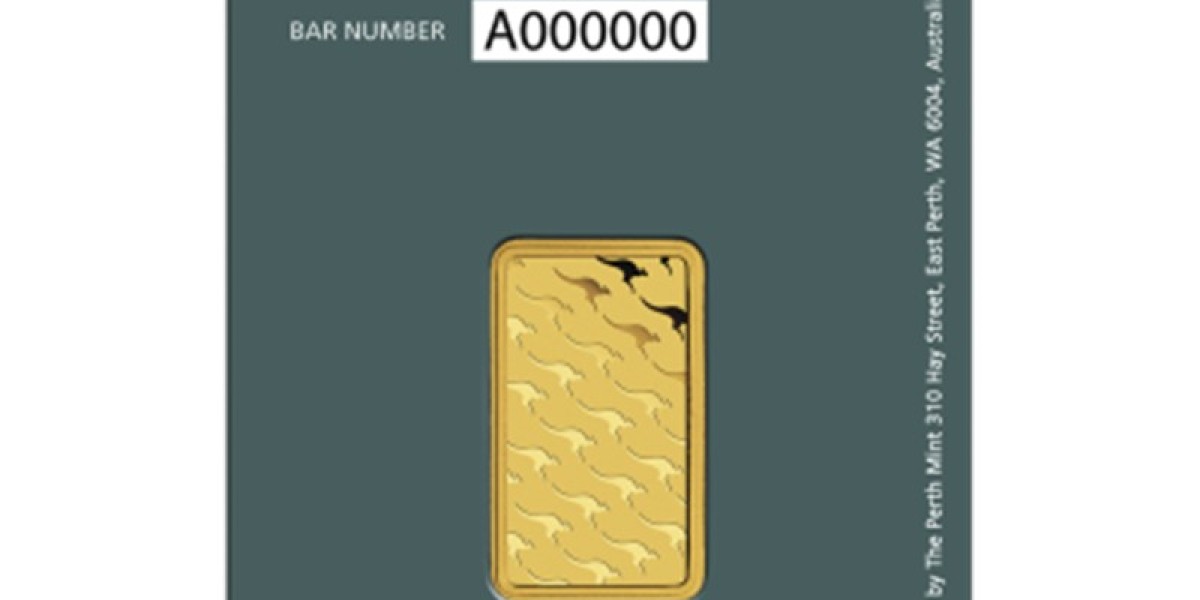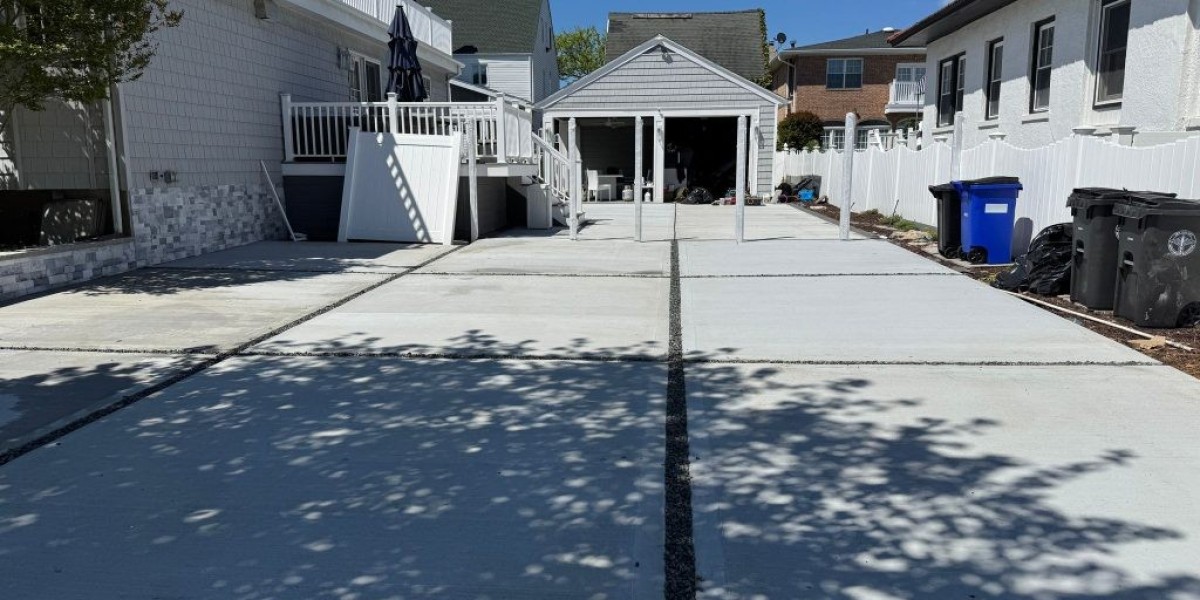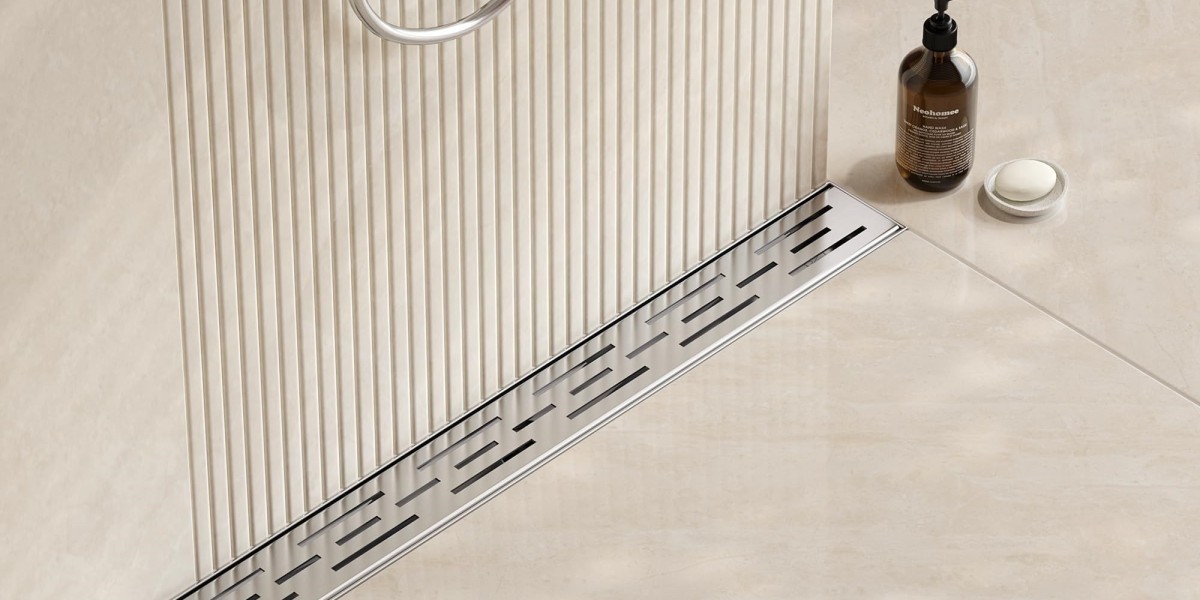Tiny homes are revolutionizing the way people live—offering simplicity, freedom from debt, minimal environmental impact, and the chance to live a more intentional life. For those who dream of downsizing and building their own space, free tiny home building plans are a perfect way to start. This comprehensive guide will walk you through everything from choosing the right plan to final construction steps, using free resources available online and DIY methods.
1. Understanding the Tiny Home Movement
What is a Tiny Home?
A tiny home is typically a fully functional residential dwelling that measures under 400 square feet. These homes may be mobile (on wheels) or stationary (on a foundation), and include essentials such as a kitchen, bathroom, sleeping area, and sometimes even a loft or office.
Why Build a Tiny Home?
Financial freedom (lower cost of living)
Minimalist lifestyle
Reduced environmental footprint
Mobility and flexibility
Simple maintenance
2. Choosing the Right Tiny Home Design
Assess Your Needs
Before choosing a free tiny home plan, consider:
Number of occupants
On-grid vs. off-grid living
Climate and insulation needs
Storage and functionality
Mobile vs. permanent structure
Popular Design Types
The Modern Cabin: Clean lines and lots of windows.
The Rustic Cottage: Wood features and cozy interiors.
The Loft Tiny Home: Vertical space utilization with sleeping lofts.
The Mobile Tiny Home: Built on a trailer, perfect for travelers.
3. Where to Find Free Tiny Home Building Plans
Top Resources for Free Plans
Tiny House Design – Offers downloadable PDFs of various floorplans.
The Spruce – Hosts a collection of free plans curated from different builders.
Ana White – Features DIY step-by-step plans, tools, and supply lists.
Instructables – Community-driven tutorials and building guides.
Pinterest – Great for discovering user-generated layouts and modifications.
What to Look For in a Free Plan
Detailed floor plans
Step-by-step building instructions
Materials and tools list
Electrical and plumbing guides
Trailer base guidelines (if mobile)
4. Planning and Permits
Check Local Zoning Laws
Each state and municipality has its own regulations regarding tiny homes, especially if you're planning to live in one permanently.
Common Requirements
Minimum square footage
Connection to utilities
Property zoning (residential vs. RV park)
Trailer registration (for mobile homes)
Get Building Permits (if needed)
Some free plans already include engineer-certified drawings, which can be useful for permitting.
5. Materials and Tools You’ll Need
Basic Construction Materials
Framing lumber (2x4s, 2x6s)
Plywood or OSB sheathing
Metal or shingle roofing
Insulation (foam board, fiberglass, or spray foam)
Windows and doors
Screws, nails, adhesives
Essential Tools
Hammer and nail gun
Circular saw and miter saw
Drill and impact driver
Level, measuring tape, and square
Ladders and scaffolding
Safety gear (gloves, goggles, hard hat)
6. Step-by-Step Building Process
Step 1: Foundation or Trailer
If mobile: secure your trailer, check the weight limits.
If stationary: pour concrete piers or use concrete blocks.
Step 2: Floor Framing
Construct the subfloor with treated lumber and insulate.
Secure to the trailer with bolts or attach to your foundation.
Step 3: Wall Framing
Build wall sections flat on the ground and raise them into place.
Make sure to allow for windows and doors.
Step 4: Roofing
Choose a simple gable or shed roof for easier DIY.
Install sheathing, underlayment, and your roof covering.
Step 5: Siding and Exterior Finish
Use wood siding, metal panels, or vinyl.
Apply house wrap beneath siding to weatherproof.
Step 6: Windows and Doors
Install energy-efficient windows and a secure door.
Use flashing and caulking to prevent leaks.
Step 7: Electrical and Plumbing
Run wiring before insulation; use a licensed electrician if required.
Install plumbing lines for kitchen and bath—consider off-grid solutions like composting toilets.
Step 8: Insulation and Interior Walls
Insulate walls, floor, and ceiling.
Use drywall, shiplap, or plywood for the interior walls.
Step 9: Interior Finishing
Build cabinets, shelves, and storage.
Install flooring (laminate, wood, or tile).
Add fixtures, lighting, and final touches.
7. Budgeting and Cost Estimates
Free plans reduce upfront design costs, but materials and tools still require budgeting.
Estimated Tiny Home Costs
Trailer: $3,000–$6,000
Materials: $10,000–$25,000
Utilities & Fixtures: $2,000–$5,000
Total DIY Build: Approximately $15,000–$40,000
8. Tips for a Successful Build
Start small – Practice with a shed or cabin structure.
Work weekends or in phases – Especially if you’re working a full-time job.
Join a tiny house community – Online forums and local groups can offer guidance.
Document your process – Useful for resale or future maintenance.
Be flexible – Plans may need to change due to materials or layout issues.
9. Tiny Home Living After Construction
Once your tiny home is built, enjoy:
Lower utility bills
Less clutter and more peace
Ability to travel (for mobile units)
Opportunities for rental income (Airbnb, etc.)
A minimalist, meaningful lifestyle
Conclusion
Building your own tiny home is not only an achievable dream but also a rewarding journey. With free tiny home building plans and the right guidance, you can create a personalized, efficient living space that meets your needs and values. From choosing a design to hammering the last nail, every step brings you closer to financial freedom and simpler living. So roll up your sleeves, download your plan, and start building the tiny home of your dreams—one square foot at a time.








